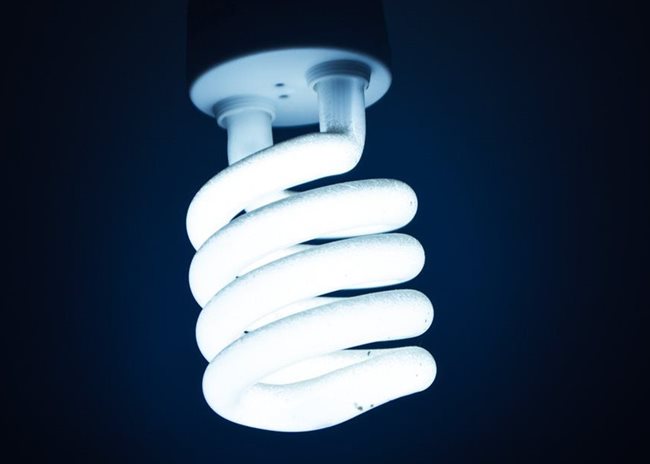How small businesses can tackle the loadshedding dilemma

SMEs play a major role in the economy. There are important steps that can be taken to try and buffer these small companies from the effects of power interruptions, say an industry body that represents the solar PV industry.
“Business property owners and property developers also have a role to play in helping their tenants keep the doors open, especially during the current economic climate,” says Niveshen Govender, COO of the South African Solar Photovoltaic Industry (SAPVIA).
With many SMEs renting shops they need to look for facilities that can offer more than just space, like energy security should Eskom turn the lights off.
With the rental market not at its peak and businesses having found that working from home is an option, many new developments taking place need to look at alternative energy supply as a basic offering if they want to fill up their buildings and help those tenets keep in business.
“For the SMEs that own their own buildings they operate from, you will need to consider the following when upgrading to a PV system. You will need to decide on the type of rooftop PV system to install best suits your business,” says Govender.
The best way to do differentiate a solar rooftop installation is via the connection to the electrical grid. There are three:
- Grid-Tied / Connected with reverse power blocking: The property is connected to the national grid but blocks any excess electricity generated from feeding back onto the grid.
- Grid Tied / Connected: Electricity generated can be used at the property and any surplus can be directed back into the grid. In some cases, this feedback is compensated for.
- Off-Grid / Standalone: Off-grid PV systems usually have batteries and a charge controller and. The PV system generates electricity for use on site and operates completely independent of the national grid.
Keep in-mind that if you wish to install a grid-tied system you will need to register and request approval from your distribution authority. Most municipalities that allow this has the necessary documentation on their website.
“It’s also important to verify if your service provider has adequate experience in PV installations and is a member of the South African Photovoltaic Industry Association (SAPVIA), Electrical Contractors Association (ECASA) or the Engineering Council of South Africa (ECSA) where required,” says Govender.
Once the installation is complete you will need to:
- Request an original Electrical Certificate of Compliance and Quality Assurance Certificates: this is to safeguard against any damage or casualties and any guarantees. A Quality Assurance certificate such as a PV GreenCard includes important information on the equipment used and technical details of the installation.
- Check for roof leaks: Monitor your roof to make sure no roof leaks have occurred as a result of the installation.
- Warrantees and manuals: Ensure that you obtain all warrantees, guarantees and operations and maintenance manuals.
Access to adequate finances is also more important than ever before, says SME business enabler service provider Lulalend.
“Previous episodes of load shedding have demonstrated the importance of ensuring that SMEs have access to funding to prevent power interruptions to their operations,” says Trevor Gosling, CEO of Lulalend.
Responding to the need, Lulalend launched its SME Load shedding Task Force in 2019 to prioritise applications and provide an almost instant response to businesses in crisis due to load shedding.
Under normal circumstances, funding applications are processed within 24 hours. The emergency task force will however fast-track the process further for businesses that are severely affected by Eskom’s power interruptions.
In addition, Gosling says that there are several things that small businesses can do in the interim to mitigate the fallout from scheduled or unscheduled power cuts:
- Make yourself aware of the load shedding times in your area and communicate this with your team. Structure your workdays to tackle the important tasks in those times.
- Break up the workload. If you only have a limited number of hours a day – spread the important tasks across team members so that they get accomplished in time.
- Invest in surge protectors for your appliances, machinery, and hardware. Small surge protectors that are sold in the supermarket will do the trick to keep your PC, fridge, coffee machine and other small appliances from blowing when the power surges back after load shedding. For industrial-size equipment, it is best to get advice from a trustworthy electrician.
- If you run a shop, invest in a mobile or battery-powered point of sale solution so that you can continue to accept card payments when the power is off.
- Invest in solar power banks or car chargers for your mobile devices.
- Identify which tasks can be done with your mobile device when all other systems are down, such as phone and email communication. Though your data costs might be higher than usual at least you are able to stay in touch with suppliers, customers, and stakeholders.
- Charge your technology while you have power.
- Change your online settings to enable you to work offline. If, for example, you work with Google Docs, see Chrome’s instructions on how to set yourself up to work offline.
- Backup all systems and important – on the cloud and on an external hard-drive. It’s easy to lose documentation and vital information if it’s not saved and backed up in time.
- Consider investing in a generator. If it is difficult to find the extra cash, do research into accessing bridging finance.